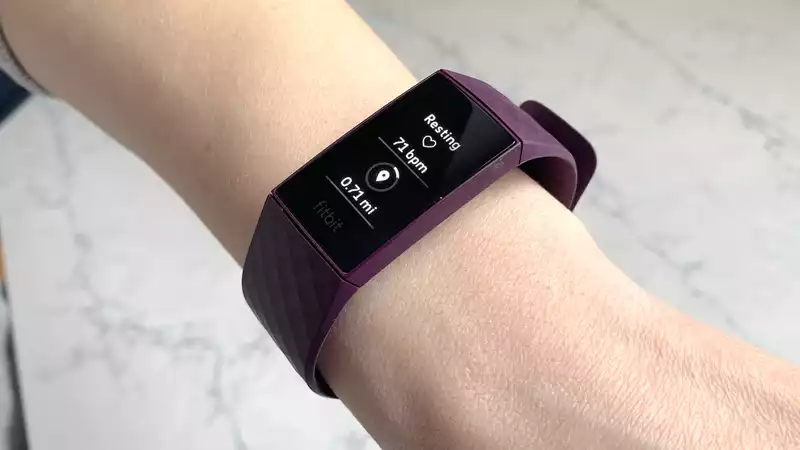There's a reason the Fitbit Charge 4 is at the top of the Best Fitness Trackers page. It's small, has a large screen, built-in GPS, and only costs $150. Now it's even better with the ability to display blood oxygen saturation on the band itself.
When the Fitbit Charge 4 was released a little over a year ago, it had the ability to monitor blood oxygen levels (also known as SpO2) overnight and display the results on a chart in the Fitbit app. With the latest firmware update (1.000.34), Charge 4 wearers will be able to see this information on their wrist.
Blood oxygenation monitoring has been available on some of the more advanced GPS watches, but its introduction on the Apple Watch Series 6 this year has garnered much attention, and has been identified as a potential early indicator of COVID.
In general, a person's SpO2 level should be between 95 and 100 percent, but many COVID patients were far below that. Still, Apple and others were quick to state that their device is not an FDA-approved diagnostic tool for this condition; SpO2 levels can also be used as a way to determine if a person has sleep apnea. [Other Fitbit devices with blood oxygen sensors include the Fitbit Ionic, Fitbit Sense, and Fitbit Versa series. [To display SpO2 levels on your wrist, you need to update your Charge 4 to the latest firmware; other wearables like the Apple Watch 6 and Garmin fenix 6 let you check your blood oxygen levels at any moment you want. Also, unless you subscribe to Fitbit Premium, which costs $80 per year, you can only see one week's worth of data.
This firmware update is still rolling out and you should see a notification in the Fitbit app when it is available for your device.










Comments